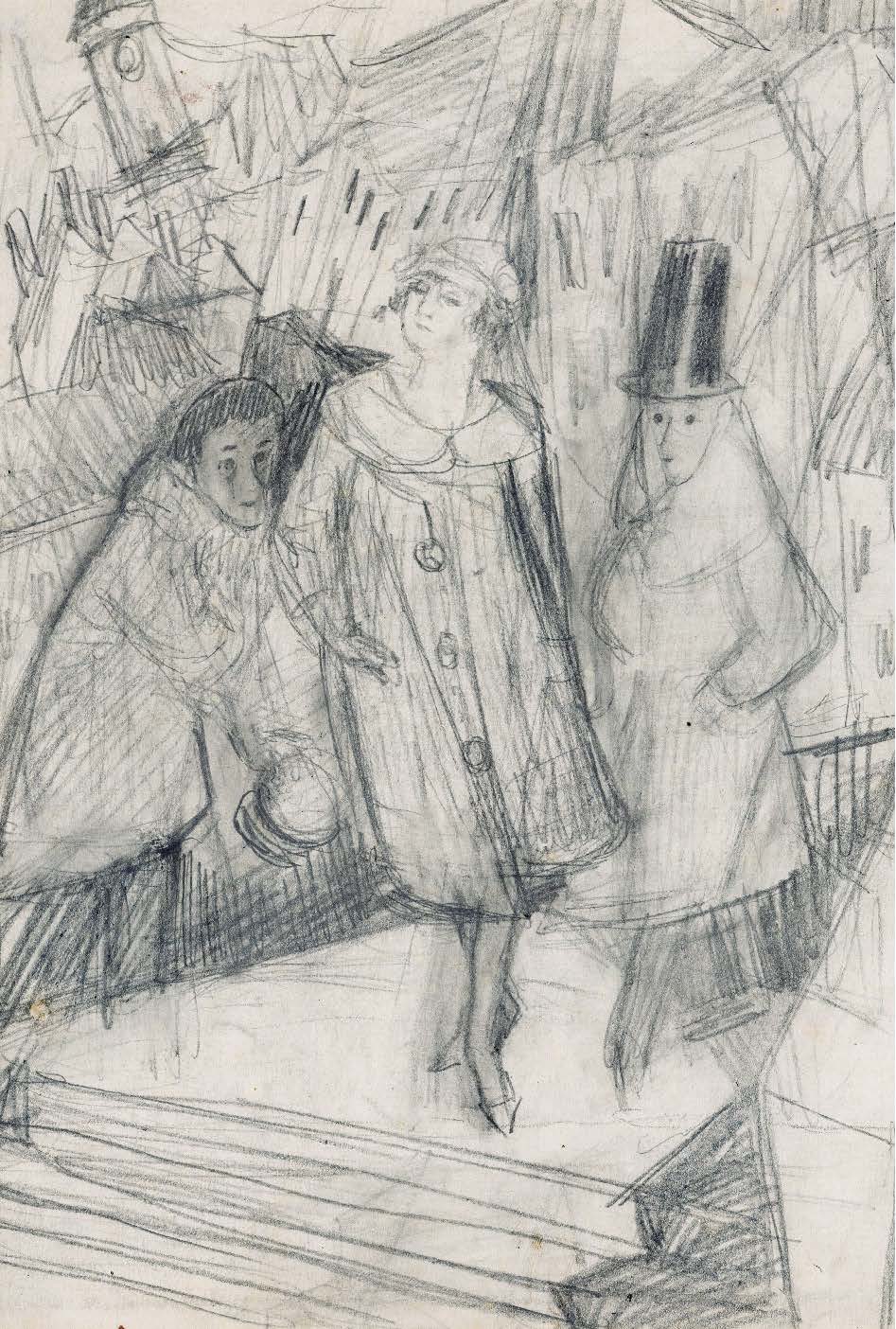„Dziwna awersja”. O wystawach Schulza
“A Strange Aversion.” On Schulz’s Exhibitions
Author(s): Urszula MakowskaSubject(s): Aesthetics, Comparative Study of Literature, Polish Literature, History of Antisemitism, History of Art
Published by: Fundacja Terytoria Książki
Keywords: Bruno Schulz;exhibition;artistic anthropology;self-portrait of a writer;body studies;
Summary/Abstract: The paper sums up and corrects information on the exhibitions in which Schulz took part as well as reconstructs the circumstances under which they were organized. Today we know about ten such exhibitions ordered in series separated by several year-long breaks: 1920-1923, 1930, 1935. His participation in the last show, organized in 1940 by a Soviet institution, cannot be considered fully voluntary. Of the prewar exhibitions only those in Lvov – in 1922 and 1930 at the Society of the Friends of Fine Arts [Towarzystwo Przyjaciół Sztuk Pięknych] and in 1935 on the premises of Union of Polish Artists [Związek Zawodowy Polskich Artystów Plastyków] were noticed by the press, mainly local newspapers. Apparently Schulz, who understood the significance of exhibitions in building one’s artistic biography, did not care much about them. He needed constant support in the selection and evaluation of his works since he was not sure of their value. Probably in the beginning he could count in that respect on his close friends from Drogobych and then those from Lvov. In fact, however, he lived outside the artistic circles and sporadic contacts with other artists did not provide him with necessary inspiration or encouragement to present his works in public. The available records imply that only in 1938, perhaps reinforced by his position in the world of literature, Schulz was ready to plan exhibitions, but not in Lvov and not even in Poland. Exhibitions allowed him also to reach out to other people. They gave him a chance to find an understanding spectator, but also required disclosing oneself. Regardless of their subject matter, drawings are records of the artist’s gestures, i.e. his corporeality. Presenting them in public must have been for Schulz a temptation to tear off his disguise, but it also provoked fear to do so. It was only the graphic art that guaranteed a safe distance between the artist and spectator thanks to the technological processes that separated a single print from the artist’s body. One must remember that most Schulz’s exhibits were the cliché-verres, while practicing other kinds of graphic techniques was his unfulfilled dream. Thus, the sequences of Schulz’s presentations at exhibitions, separated by years of absence, are related to the episodes of his biography, reflecting his attitude toward self-presentation that oscillated between desire and aversion.
Journal: Schulz/Forum
- Issue Year: 2019
- Issue No: 13
- Page Range: 5-34
- Page Count: 30
- Language: Polish

